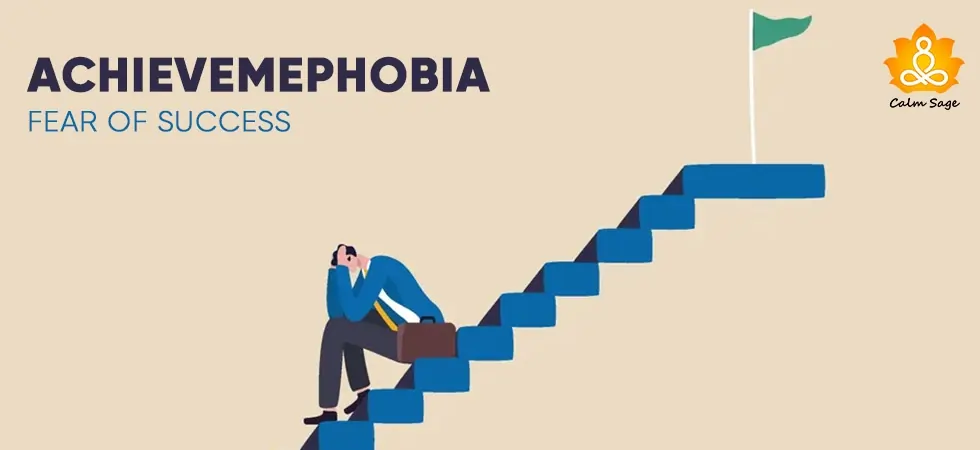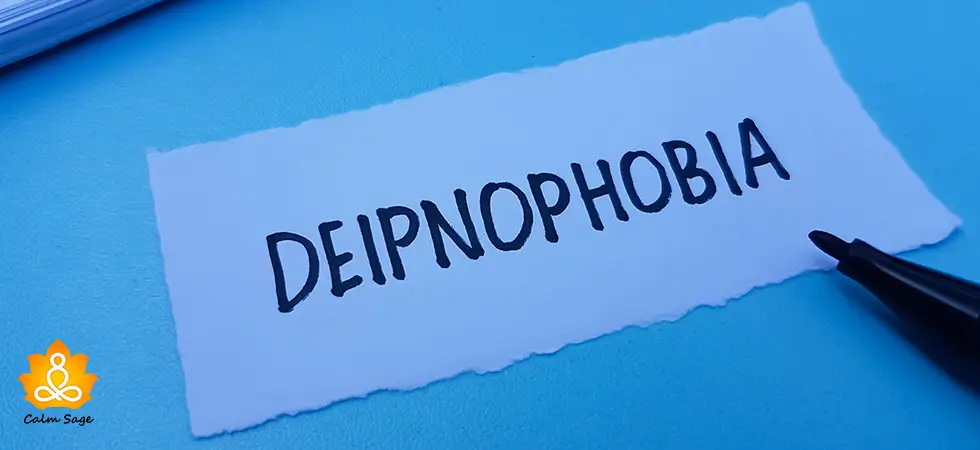Understanding The Role And Efficacy Of Cognitive Behavioral Therapy For Treating Phobias

Specific phobias such as cibophobia, entomophobia, paraphobia, and others need treatment intervention because such phobias can cause distress and impact the overall quality of life. In cases of mild symptoms, simply avoiding the source of fear might help. But in cases of severe symptoms, it’s important to seek therapy.
And, if you think you’re alone in this, trust me, not nearly everyone has a fear of something, it all depends on the severity of the phobia. Coming forth to the treatment process, generally, exposure therapy is prescribed to the patients. But, do you know, there’s another therapy option that might help you permanently challenge the source of your fear?
Cognitive behavioral therapy (CBT) can actually help people treat phobias effectively. In this blog, we will be exploring how cognitive behavioral therapy (CBT) can help you treat phobias based on its efficacy. So, let’s get started!
Why CBT for Treating Phobias?
A person struggling or living with a phobia believes that feared objects or the source of fear can be dangerous. This leads to the build-up of negative thoughts even while thinking about the source of phobia.
This can trigger fear responses in people and can impact the overall quality of life. In such cases, CBT acts as a savior and helps the patients manage their fears by controlling their thoughts.
Throughout the sessions of CBT, the therapist tries to replace negative thoughts with positive ones and changes the beliefs, behaviors, thoughts, or feelings associated with the fear.
Example of CBT for phobia:
Suppose, someone is dealing with a fear of large objects (megalophobia) and now they are avoiding going to places that have large buildings or watching the TV covering the news consisting of large buildings.
During the sessions of CBT, a psychotherapist helps the client confront large buildings and anxiety associated with the source of phobia.
Throughout the session, the therapist also teaches relaxation and deep breathing exercises which help in challenging negative thoughts associated with the source of fear. Throughout the sessions, the client effectively desensitizes the fear and promotes healthy living.
The Approach of CBT for Treating Phobias
Do you know why CBT can be an effective approach for treating phobias? Let’s understand this approach by understanding the techniques used during CBT sessions:
1. Safe and controlled environment
CBT is an effective model for treating phobias because it allows patients to come in a safe and controlled environment wherein, they can talk or confront their fears. It provides motivation to the patient to openly speak about their fears, related beliefs, and negative loops associated with the source of fear.
2. Different goals strategy
The goal of CBT is quite different from other types of therapy used for treating phobias. The ultimate goal of CBT is to reduce the fear by exposing the client to the source of fear verbally. The psychotherapist lets the client talk in a safe and controlled environment wherein they can expose the challenges related to the fear.
3. Learning of different coping skills
When the patient becomes more comfortable, the psychotherapist works on teaching different coping skills to the client such as relaxation techniques, deep breathing, positive thinking activities, and mindfulness-based strategies which can be really effective in coping with the fear.
4. Self-awareness
When the patient understands their fear and learns the healthy coping techniques, the patient becomes more aware of their feelings and thoughts which can be really effective for managing the fears in the future. As a permanent treatment approach, slowly the patient learns to manage their fears and gain mastery over their stress or anxiety which helps them promote a mindful and healthy life.
Benefits of CBT for Treating Phobias
Research shows that CBT can be an effective treatment approach for treating phobias because slowly it reduces the intensity of the phobias. Other benefits of CBT for phobias are:
- Helps in building self-confidence
- Helps in developing healthy coping skills
- Addresses irrational thinking
- Helps in promoting mindfulness
- Provides a safe and non-invasive approach
Related Read: Self-Help for Phobias and Irrational Fear
Frequently Asked Questions
Can Cognitive behavioral therapy (CBT) help with phobias?
Research shows that CBT can be very effective for treating phobias because it helps manage problems by changing negative thinking patterns. Additionally, it also helps in developing practical and healthy ways of overcoming the phobia.
What is the treatment for fear caused by phobias?
Therapy for fear-caused phobias can be cognitive behavioral therapy (CBT). Other options may include family therapy, exposure therapy, and group therapy.
How long does CBT take to treat a phobia?
Generally, 4-20 sessions are aligned in the CBT based on the severity of the phobia. Clients can also look forward to one-session treatment in their local area.
When is CBT not appropriate for treating phobias?
Generally, CBT is the front-line psychotherapy option for various mental health problems. However, there can be certain illnesses or situations wherein CBT might not fit the criteria such as during bipolar disorder, psychosis, or some severe types of depression.
I hope this blog helps you understand how CBT helps treat phobias. Comment down and share your views on the same or you can also write to us at Calm Sage.
For more such content, connect with us through all social media platforms.
Thanks for reading!




















